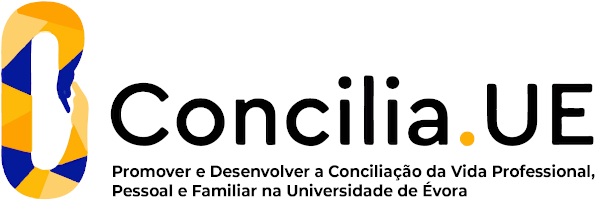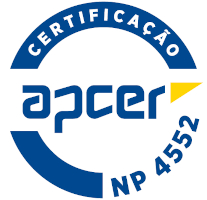Master Exams
Public Exams of Master Degree of Conservation Biology
Estudo populacional de Juniperus navicularis Gand.: Cartografia, Biometria e Dendrocronologia
17.12.2024, 14:30, Sala 138 do Edifício Colégio Luís António Verney da UÉ
Diogo Gonçalo Moreira Sá
Abstract
O presente estudo teve como objetivo caracterizar a estrutura biométrica e etária de Juniperus navicularis (zimbro endémico do sudoeste da Península Ibérica) na Reserva Natural das Lagoas de Santo André e da Sancha. Para tal, foram cartografadas as populações em melhor estado de conservação, recolhidos dados dendrocronológicos e biométricos, e desenvolvido um modelo de crescimento para estimar a idade dos indivíduos. Os resultados indicam que Juniperus navicularis é uma espécie de crescimento muito lento. Apesar de estarem entre os exemplos mais bem preservados em Portugal, as populações estudadas apresentam valores biométricos baixos e uma média de idades inferior a 40 anos. Estes valores encontram-se significativamente abaixo dos estimados para populações maduras, evidenciando que as mesmas estão longe de alcançar o seu potencial estrutural e etário ótimo. Os resultados confirmam a enorme dificuldade na criação de novos núcleos populacionais, salientando a importância da preservação das comunidades já existentes; - Populational study of Juniperus navicularis Gand.: Cartography, Biometry and Dendrochronology
Abstract:
The aim of this study was to characterize the biometric and age structure of Juniperus navicularis (an endemic juniper from the southwest of the Iberian Peninsula) in the Santo André and Sancha Lagoons Nature Reserve. To this end, the populations in best state of conservation were mapped, dendrochronological and biometric data were collected, and a growth model was developed to estimate the age of the individuals. The results indicate that Juniperus navicularis is a very slow-growing species. Despite being among the best-preserved examples in Portugal, the populations studied have low biometric values and an average age of less than 40 years. These values are significantly below those estimated for mature populations, showing that they are far from reaching their optimum structural and age potential. The results confirm the enormous difficulty in creating new population nuclei, highlighting the importance of preserving existing communities.
President of the Jury
Name: Carla Pinto Cruz
Institution:
University of Évora/Departamento de Biologia
Professional category:
Prof. Associado
Members of Jury
Name: Catarina Isabel Rodrigues Meireles (Advisor)
Institution:
University of Évora/Departamento de Biologia
Professional category:
Prof. Auxiliar
Name: Constança Camilo Alves (Arguente)
Institution:
University of Évora/
Professional category:





















